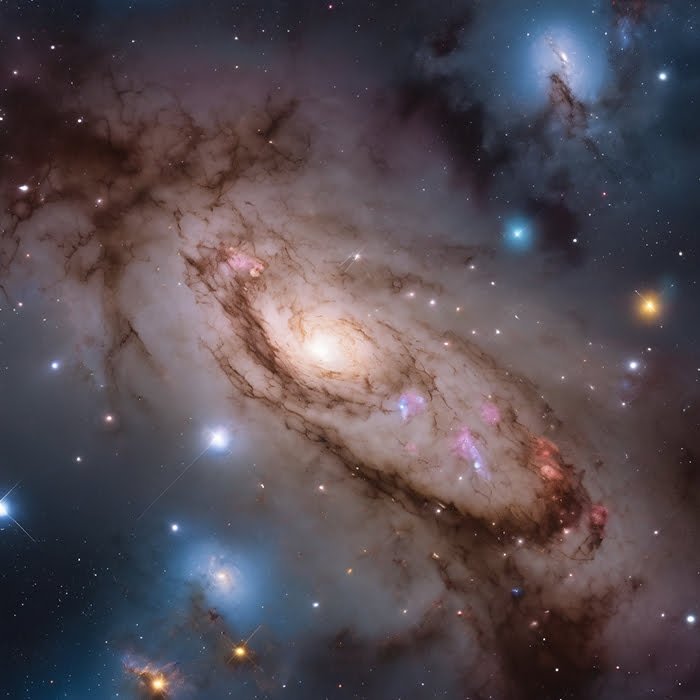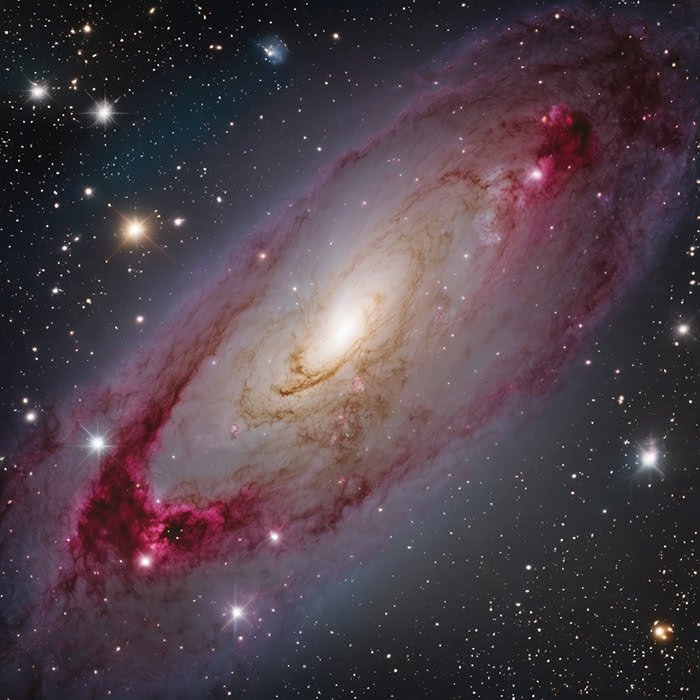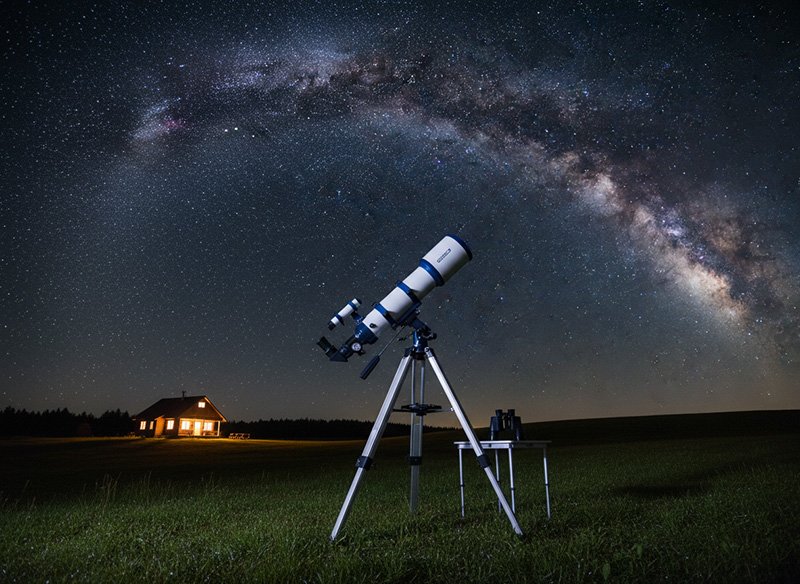What is considered the galaxy?
Key Points Summary
- Definition: A galaxy is a massive, gravitationally bound system comprising stars, stellar remnants, interstellar gas, dust, and dark matter.
- Variety: Galaxies vary in size from dwarf galaxies with a few thousand stars to giants with trillions of stars.
- Types: There are three main types of galaxies: spiral, elliptical, and irregular.
- Clusters: Galaxies often form groups called clusters, which are part of larger structures known as superclusters.
- Supermassive Black Holes: Most large galaxies harbor supermassive black holes at their centers.
- The Milky Way: Our galaxy, the Milky Way, is part of the Local Group and is on a collision course with the Andromeda Galaxy.
- Evolution: Galaxies formed shortly after the universe began and continue to evolve over time.
What is a Galaxy?

A galaxy is a colossal assembly of stars, stellar remnants, interstellar gas, dust, and dark matter, all bound together by gravity. These celestial structures are the fundamental building blocks of the universe, with an estimated two hundred billion galaxies stretching across the cosmos.
Size and Composition
Galaxies exhibit a vast range of sizes and compositions. They can be as small as dwarf galaxies, containing just a few thousand stars and spanning a few hundred light-years, or as large as giant galaxies, with trillions of stars extending over a million light-years. The Milky Way, our home galaxy, is a barred spiral galaxy that spans more than 100,000 light-years and contains about 200 billion stars.
Types of Galaxies
Galaxies are primarily classified into three types:
- Spiral Galaxies: These galaxies, like the Milky Way, have a flat, rotating disk of stars and gas, with a central bulge surrounded by spiral arms.
- Elliptical Galaxies: These range from nearly spherical to highly elongated structures and lack the defined spiral arms of spiral galaxies.
- Irregular Galaxies: These galaxies do not fit into the spiral or elliptical categories due to their chaotic appearance.
Galactic Clusters and Supermassive Black Holes
Galaxies are not evenly distributed throughout the universe but are often found in groups known as clusters. These clusters are part of even larger structures called superclusters. At the center of most large galaxies lies a supermassive black hole, which can have a mass of millions or even billions of times that of the Sun.
The Milky Way and the Local Group
The Milky Way is part of a collection of over 50 galaxies known as the Local Group. This group includes the Andromeda Galaxy, the Large and Small Magellanic Clouds, and others. Our galaxy is on a collision course with the Andromeda Galaxy, but this event is not expected to occur for another 4 billion years.
Evolution and Formation of Galaxies
Galaxies are believed to have formed shortly after the universe began. They continue to evolve over time, often growing by merging with smaller galaxies. The Milky Way, for instance, continues to grow through such mergers.
Why This Article is Important
Understanding galaxies is crucial because they are the fundamental building blocks of the universe. This article provides a comprehensive overview of what galaxies are, their types, and their significance in the cosmic structure. By learning about galaxies, we gain insights into the formation and evolution of the universe, the nature of cosmic structures, and the role of supermassive black holes in galactic centers.
What Can Be Taught from This Article, What is considered the galaxy?
- Cosmic Scale: The vastness and diversity of galaxies highlight the immense scale of the universe.
- Galactic Evolution: The continuous evolution and interaction of galaxies illustrate the dynamic nature of the cosmos.
- Astrophysical Phenomena: Understanding the presence of supermassive black holes and their impact on galaxies can shed light on various astrophysical phenomena.
- Future of Our Galaxy: Knowledge about the Milky Way’s future collision with the Andromeda Galaxy provides a glimpse into the long-term future of our cosmic neighborhood.
In summary, galaxies are not just distant objects in the night sky; they are key to understanding the universe’s past, present, and future. This article serves as a foundational guide to the fascinating world of galaxies and their pivotal role in the cosmos.
























